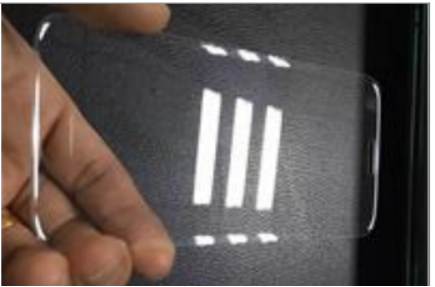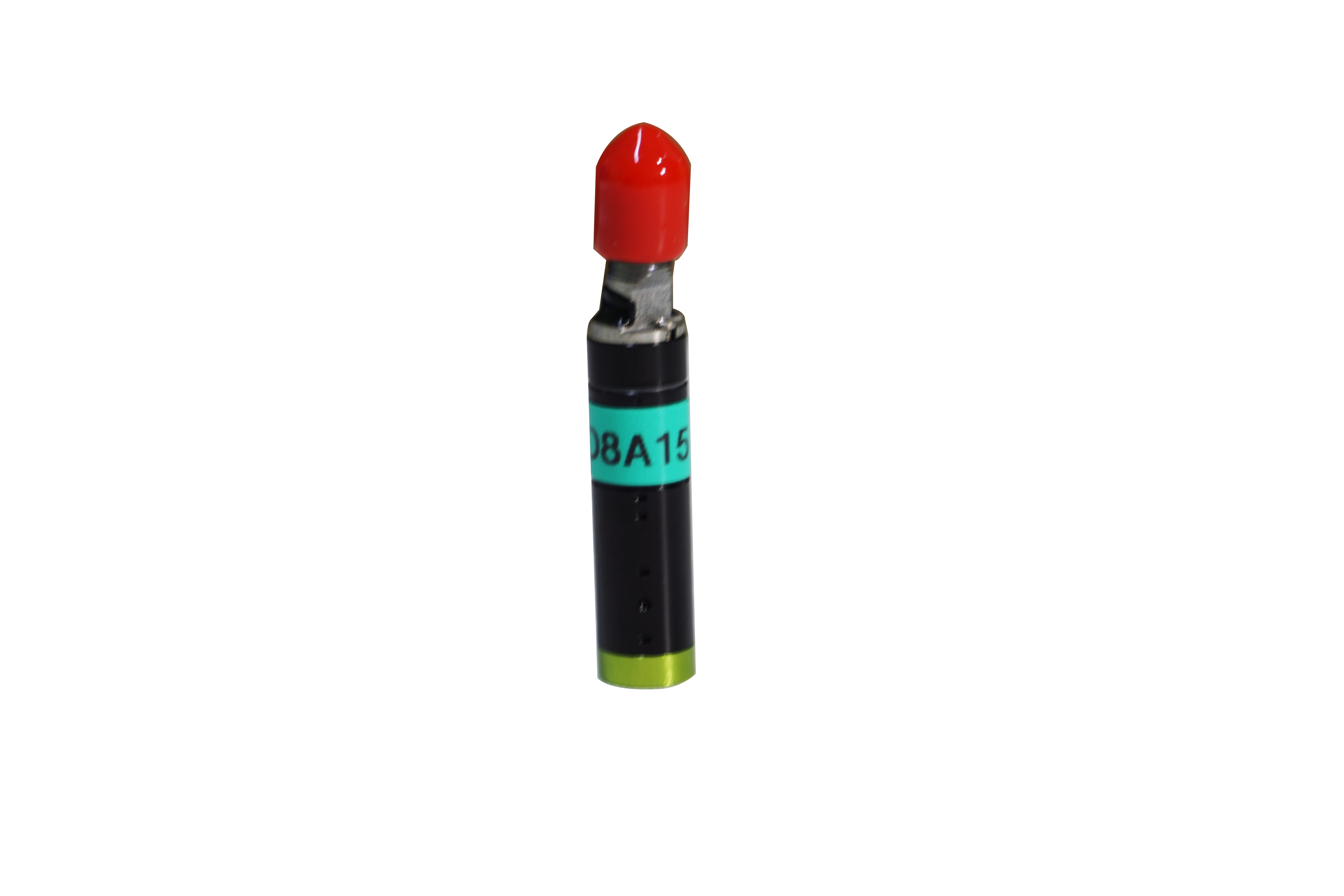2022-08-10
In the just concluded Guangzhou Glass exhibition, we have witnessed a variety of glass production equipment manufacturers, and with the development of science and technology, glass, with its diverse shape, rich color style, light weight and easy production and transportation, is widely used in various fields. In addition, in the case of the increasing popularity of electronic consumer products such as mobile phones and tablets, glass, as one of the key raw materials, has also ushered in new market opportunities.

At present, several major mobile phone manufacturers around the world, without exception, have invested heavily in improving the quality of mobile phones and quality prosecution. The traditional artificial glass testing environment is poor, not only can not meet the needs of enterprises for mass rapid production, but also can not ensure the stability and accuracy of the test results, and the mobile phone glass cover plate in the processing process needs to enter a series of special processing, such as cutting, CNC, polishing, ultrasonic cleaning, vacuum coating, toughening, screen printing, etc. Each process may produce corresponding defects. In the automatic detection, due to the high transmittance and refractive index of the glass itself, in the field of optical measurement, the detection method and detection instrument are very challenging.
So how to fix it?
In order to solve the problem of online detection of mobile phone glass cover plates, -------- Lihe Technology, a private high-tech enterprise specializing in precision optical detection, brings together optical, mechanical, software talents and partners in the field of spectral confocal work day and night, and has developed a precision spectral confocal displacement sensor with independent intellectual property rights for several years.
Spectral confocal displacement detection technology is used to measure distance by the wavelength information of light. A wide spectrum of polychromatic light (white) is emitted from the light source, and spectral dispersion occurs through the dispersion lens to form monochromatic light of different wavelengths. The focus of each wavelength corresponds to a distance value. The measured light is reflected back to the surface of the object, and only the monochromatic light that meets the confocal condition can be sensed by the spectrometer through the small hole. The distance value is obtained by calculating the wavelength of the sensed focus.

Spectrometer confocal displacement sensor is a non-contact displacement sensor with an accuracy of up to 1un, which can stabilities measure various materials such as metal/ceramic/mirror/glass with high precision, and there is no special requirement for the color and finish of the surface of the object to be measured, no matter what color, no matter what kind of working topography (deep hole/slope/arc, etc.). Spectroscopic confocal displacement sensors can be easily measured. At the same time, a controller supports up to eight sensor heads for synchronous measurement, and its detection range is much larger than that of the same sensor.

How to detect glass? In the glass detection, the sample is first observed, and the appropriate lens is selected according to the sample, and placed on the corresponding measuring device for scanning measurement, whether it is thickness measurement, profile scanning, segment difference detection, etc., the measurement accuracy of the spectrometer spectral confocal displacement sensor can reach less than 1 micron.

With the application of a large number of automated intelligent technology everywhere, automation equipment will undoubtedly be the core of the future production of mobile phone glass cover plate and the development of the manufacturing industrial system, and more automatic intelligent testing equipment will also help mobile phone 3C products to develop in the direction of higher quality, more efficient and energy-saving, more environmentally friendly, more advanced and low-cost. This will play a vital role in improving product quality, improving enterprise efficiency, further layout of major markets and promoting the development of domestic manufacturing industry.



